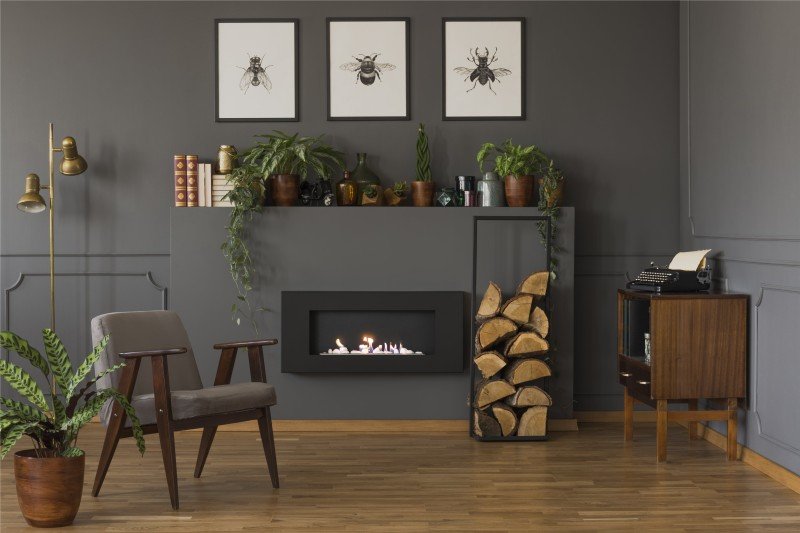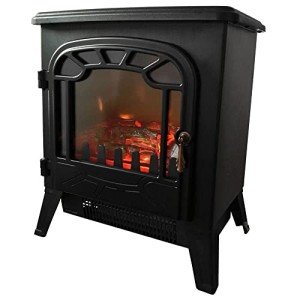Guide To Small Fireplaces: The Intermediate Guide In Small Fireplaces
페이지 정보
작성자 Lula 작성일25-07-04 06:15 조회129회관련링크
본문

A Comprehensive Guide to Small Fireplaces: Efficient Heating and Cozy Living
In an era where energy efficiency and area optimization are ending up being significantly crucial, small fireplaces have actually become an appealing alternative to traditional, bulky hearths. These compact heating solutions offer heat and a centerpiece for any room, heightening both convenience and aesthetic appeal. This short article checks out the different kinds of small fireplaces, their benefits, installation considerations, and upkeep tips, ultimately assisting house owners make notified decisions when thinking about these lovely heating options.

Understanding Small Fireplaces
Small fireplaces offer a range of styles, consisting of electric, gas, ethanol, and wood-burning models. Each type provides unique advantages and style possibilities, making them appropriate for different living areas.
Types of Small Fireplaces
| Fireplace Type | Description | Pros | Cons |
|---|---|---|---|
| Electric | Uses electrical power to produce heat. Uses lots of designs, consisting of wall-mounted and freestanding units. | - Easy to set up - Low maintenance - No venting needed | - Limited heat output - May sustain greater electrical power expenses |
| Gas | Burns gas or gas. Often offered as logs in a traditional fireplace or modern designs. | - Efficient heat output - Cleaner than wood - Easy ignition | - Requires gas line installation - Some units need venting |
| Ethanol | Burns bioethanol, providing real flames without a chimney. | - Eco-friendly - Portable - No installation required | - Limited heat output - Higher fuel expenses |
| Wood-Burning | Traditional fireplaces that burn firewood. Often used in more rustic settings. | - Great heat output - Rich atmosphere - Can be utilized during power blackouts | - Requires a chimney - Regular maintenance and cleaning |
Advantages of Small Fireplaces
- Area Efficiency: Small fireplaces are ideal for homes, condos, and smaller homes. They make the most of heat without taking up excessive floor area.
- Affordable Heating: In certain cases, small fireplaces can supplement central heater, minimizing general energy expenses while creating a more comfy environment.
- Atmosphere and Aesthetics: They provide a welcoming centerpiece to a room, producing a cozy atmosphere ideal for relaxation and celebrations.
- Flexibility: Available in various styles and styles, small fireplaces can match any design, from modern minimalist to rustic traditional.
Setup Considerations
When considering a small fireplace, setup is an essential aspect that can impact the option of model. Below are valuable factors to consider:
- Local Regulations: Building codes can differ by area; constantly check local guidelines before setup.
- Ventilation Needs: Depending on the type, small fireplaces might need different ventilation systems. Gas fireplaces might require venting outdoors, while electric designs do not.
- Power Source: Electric models require distance to electrical outlets, while gas and ethanol designs might need a gas line or fuel storage.
- Weight and Structure: Installing wall-mounted units might need strengthened wall locations, whereas free-standing models are much easier to relocate.
Upkeep Tips
Like any other home device, small fireplaces require routine upkeep to function successfully and safely. Here are important maintenance tips for various fireplace types:
For Electric Fireplaces:
- Cleaning: Wipe down the unit with a soft cloth to remove dust and keep the heating system ducts clear.
- Inspection: Check the power cord routinely for any damages or indications of wear.
For Gas Fireplaces:
- Annual Inspections: Schedule annual examinations by an expert to ensure safe gas circulation.
- Tidy the Logs: Regularly tidy the burner and logs to maintain optimal efficiency.
For Ethanol Fireplaces:
- Fuel Storage: Store ethanol fuel securely far from direct sunshine and heat sources.
- Routine Cleaning: Clean the burner after each use to keep efficiency and prevent soot accumulation.
For Wood-Burning Fireplaces:
- Chimney Sweeping: Have the chimney professionally cleaned up once a year to prevent creosote accumulation.
- Firewood Storage: Only use dry, skilled wood to minimize smoke and promote efficient burning.
Often Asked Questions
1. Can I set up a small fireplace myself?
While some electric and ethanol fireplaces are relatively easy to install, it is recommended to employ an expert for gas and wood-burning systems to make sure compliance with regional building codes.
2. How much does it cost to run a small fireplace?
The cost will vary depending on the kind of fireplace. Usually, electric fireplaces may incur higher electricity costs, while wood-burning alternatives can draw from sustainable fire wood materials.
3. Do I require an authorization for setup?
Permits are typically needed for gas and wood-burning fireplaces due to their installation intricacy and safety guidelines. Always talk to regional authorities.
4. How long can I run an electric fireplace?
Most electric fireplaces can run for extended periods; nevertheless, it's recommended to follow maker guidelines to avoid overheating or harming the unit.
5. What type of small fireplace is best for a small space?
This largely depends on private needs. Electric models are flexible and simple to install, while gas and ethanol options supply real flames with efficient heat output.
Small fireplaces represent a practical and elegant option for those seeking efficient heating solutions in compact home. With different types available, house owners can pick designs that align with their aesthetic choices and space requirements. By comprehending the installation processes and routine upkeep required, individuals can take pleasure in the convenience and atmosphere that small fireplaces use for several years to come. Whether for a cozy evening in your home or a welcoming area for gatherings, small fireplaces are an enduring component of modern and traditional design alike.
